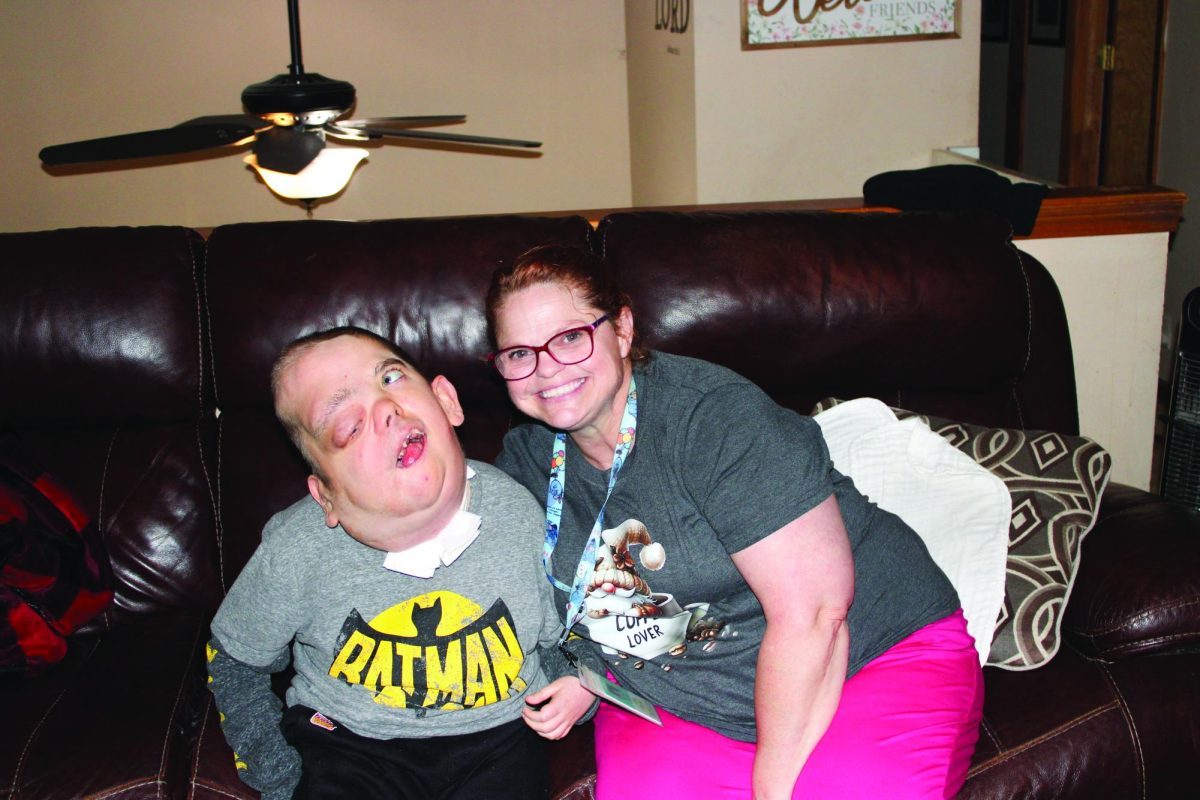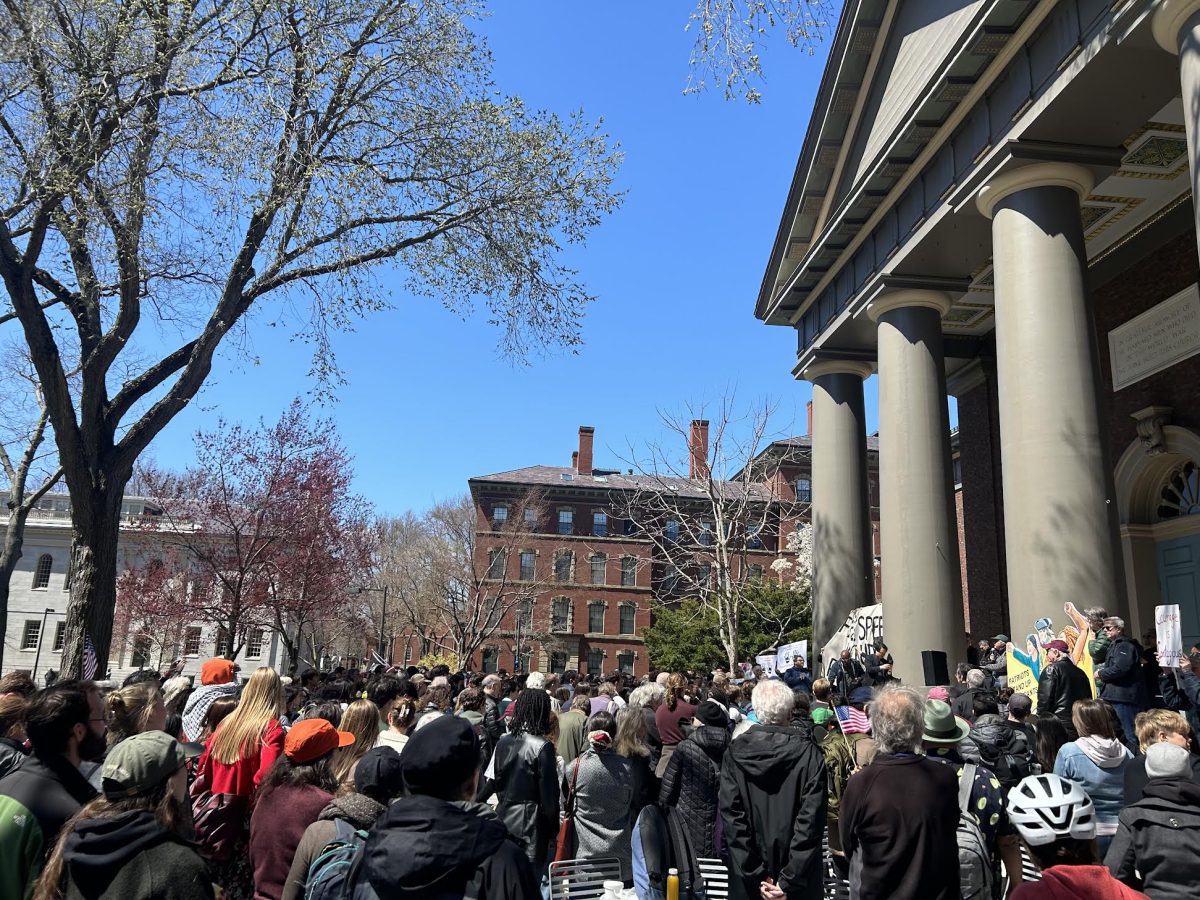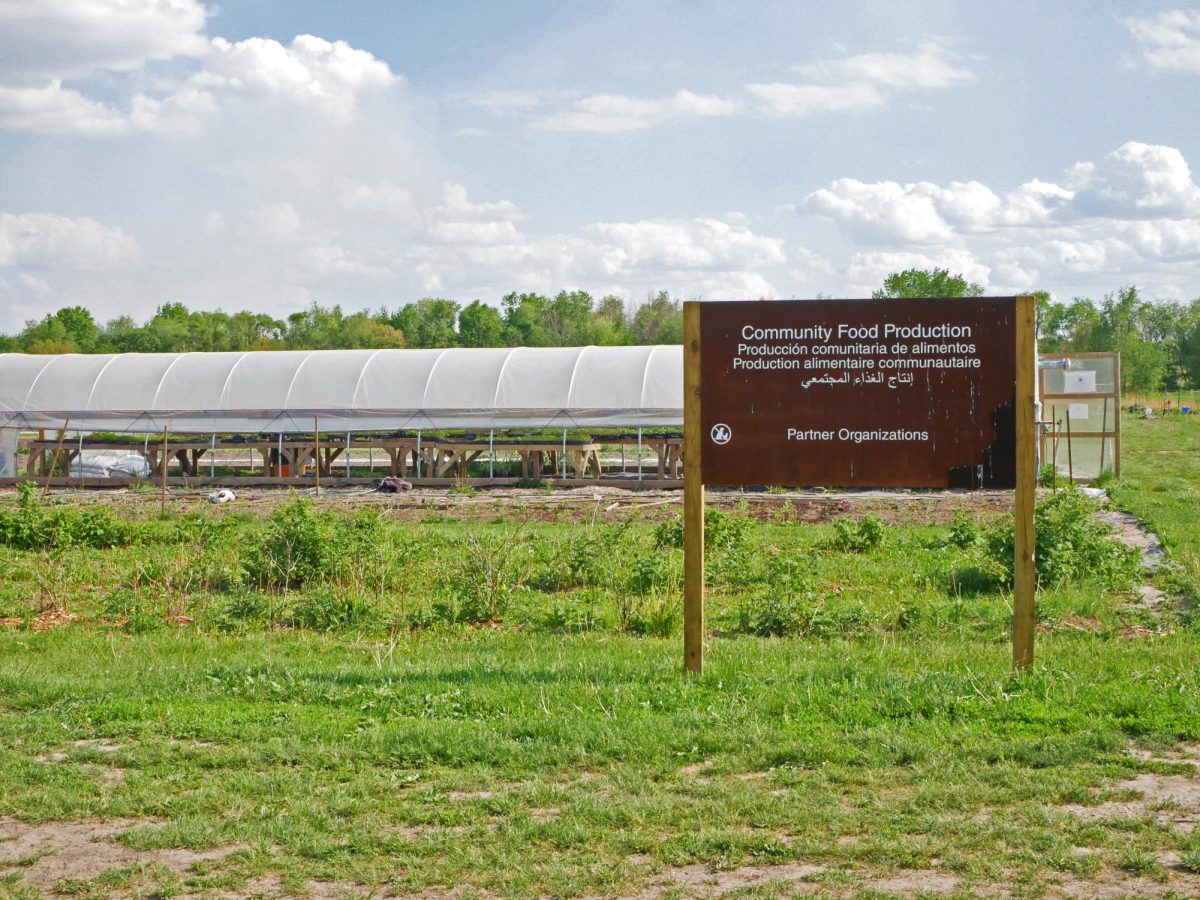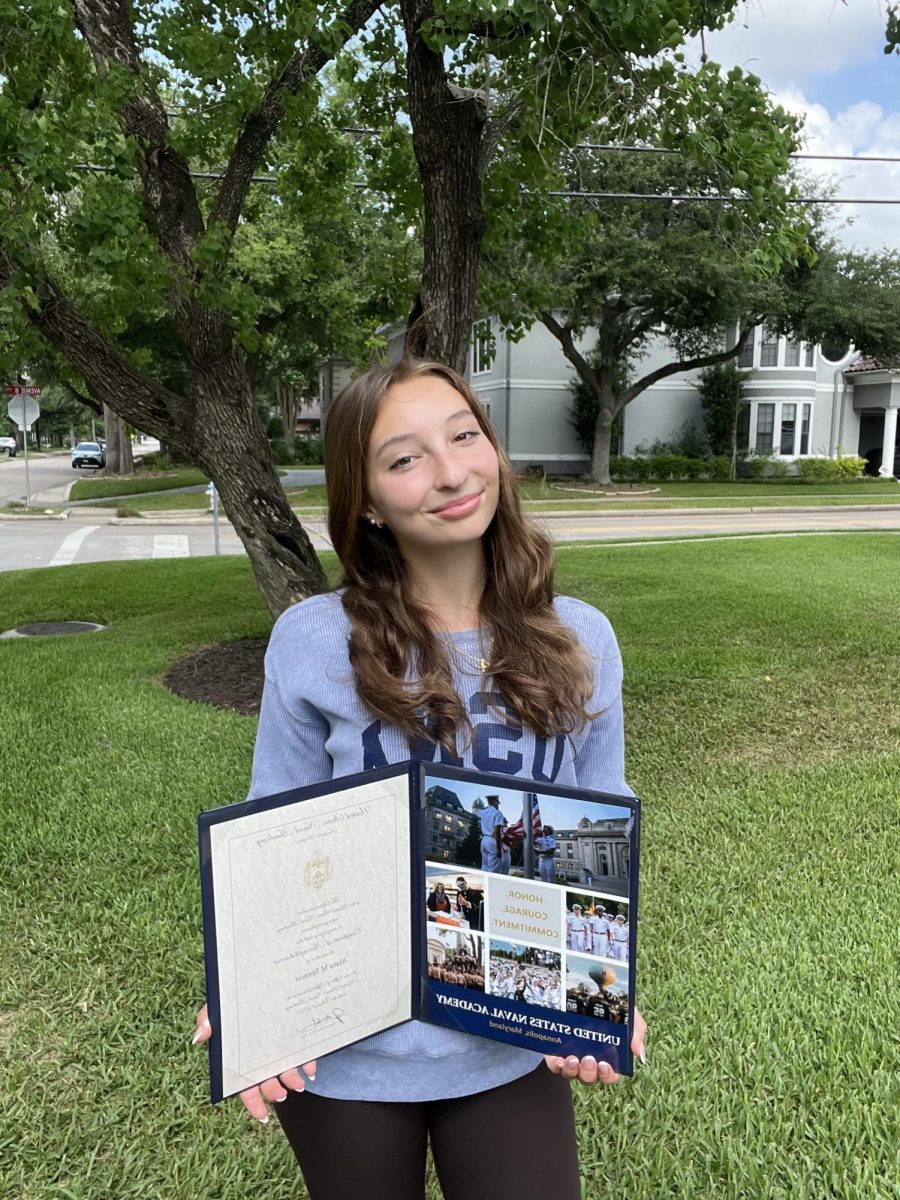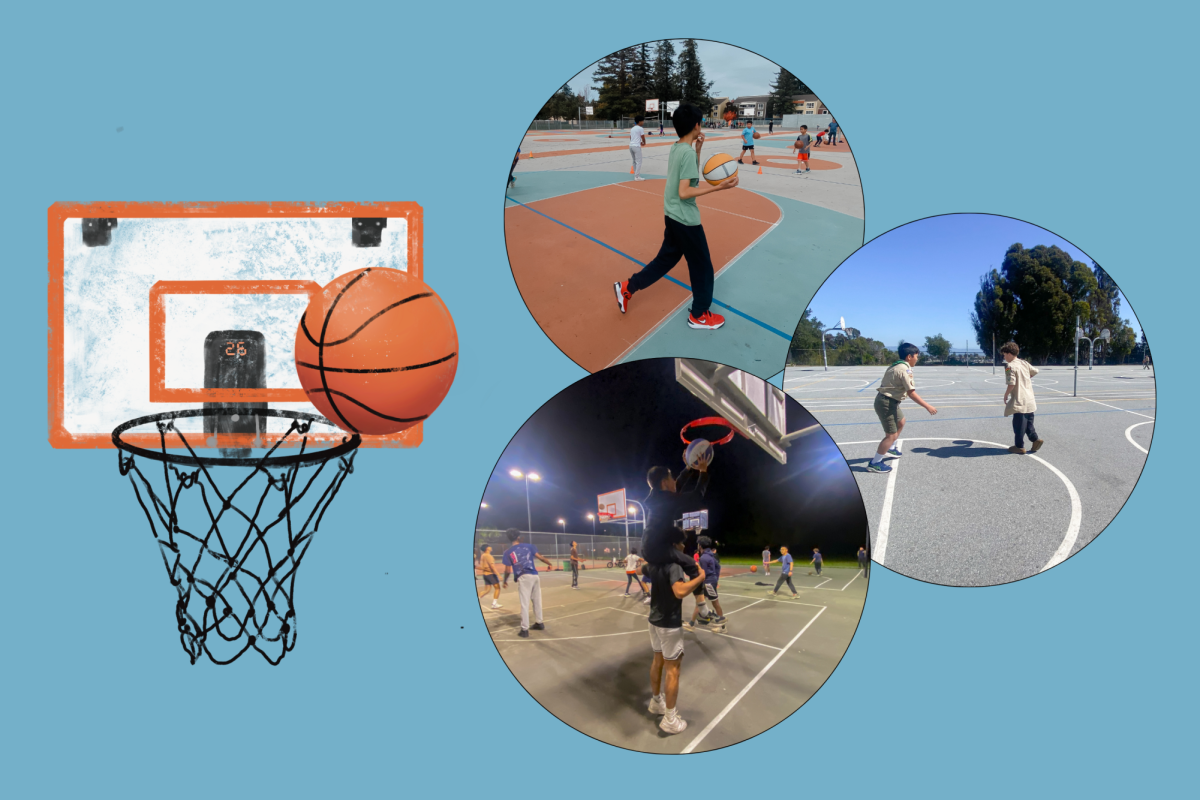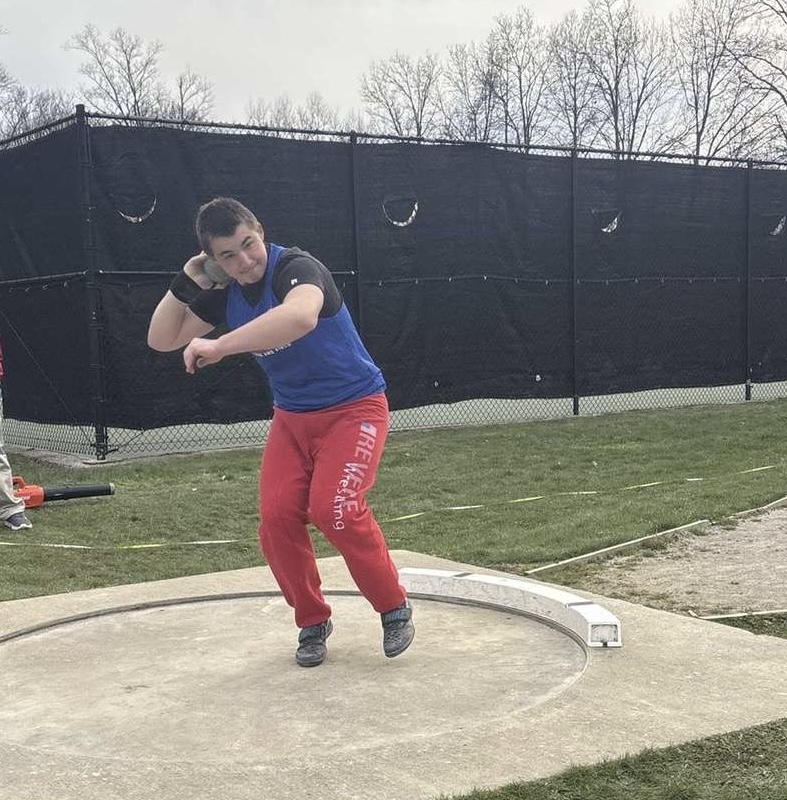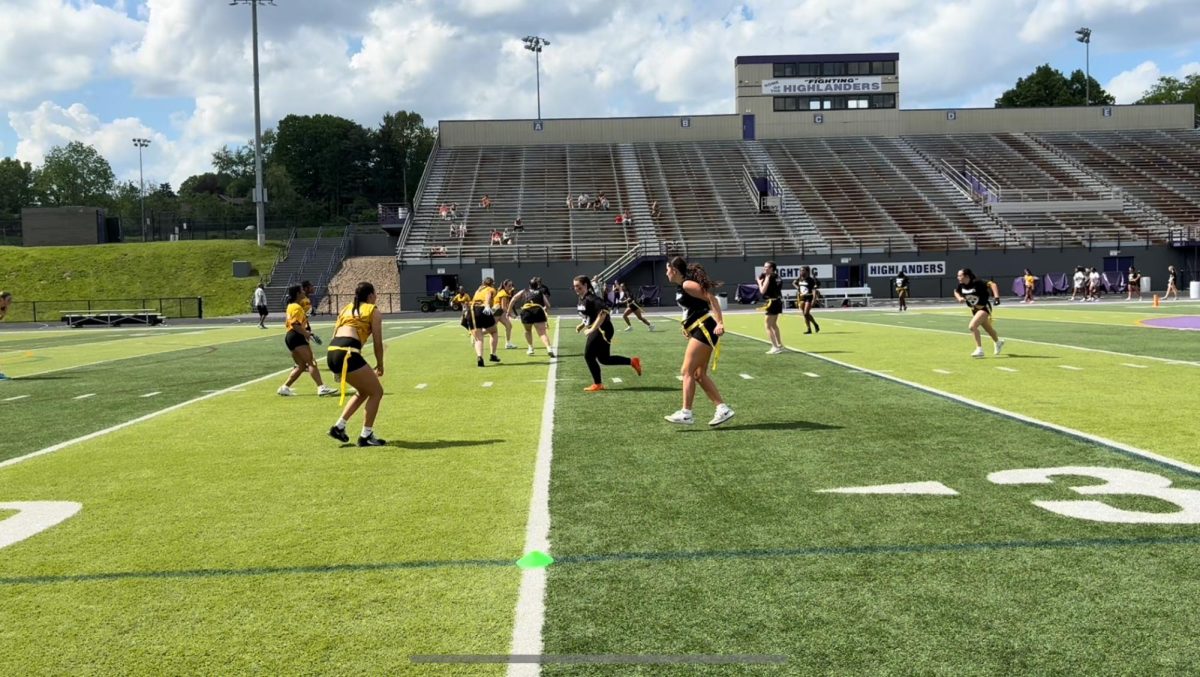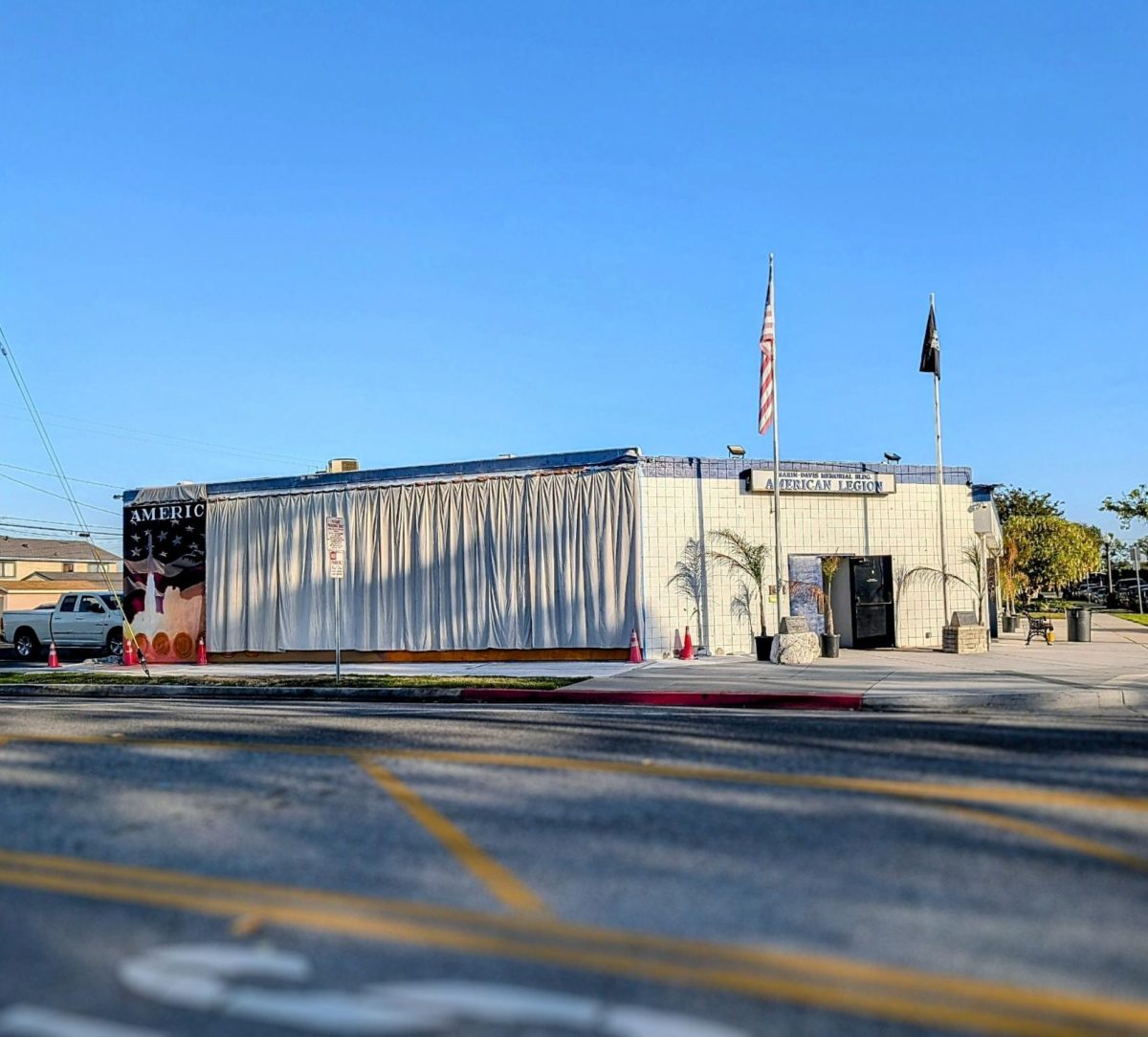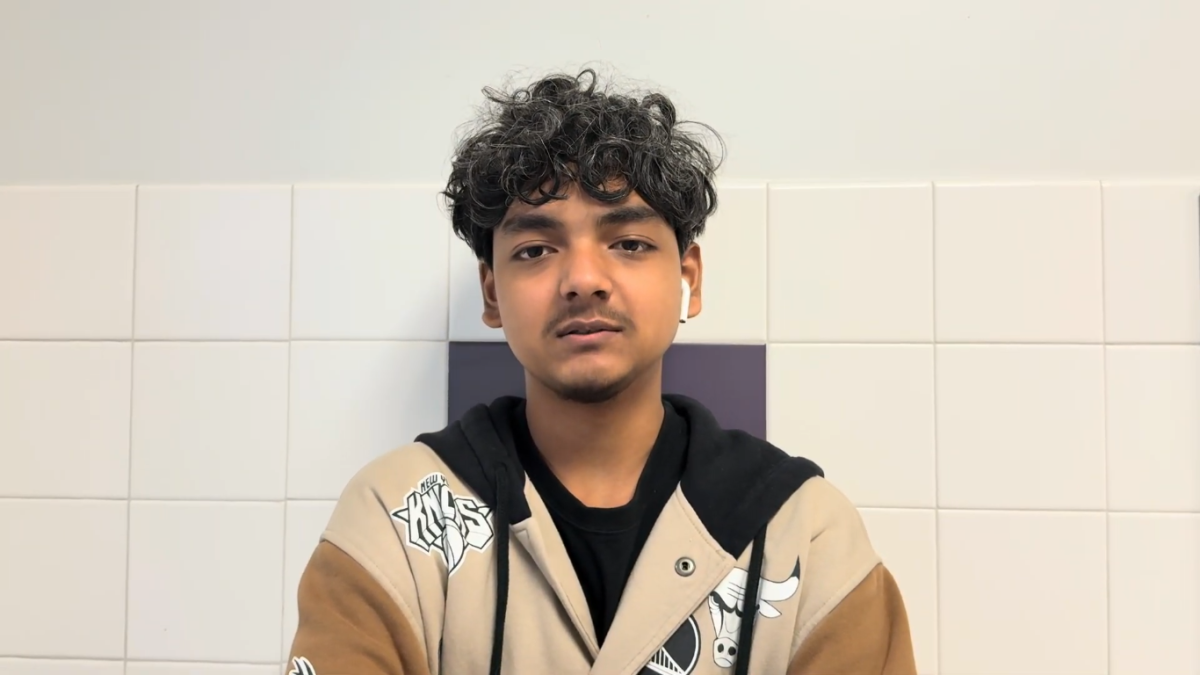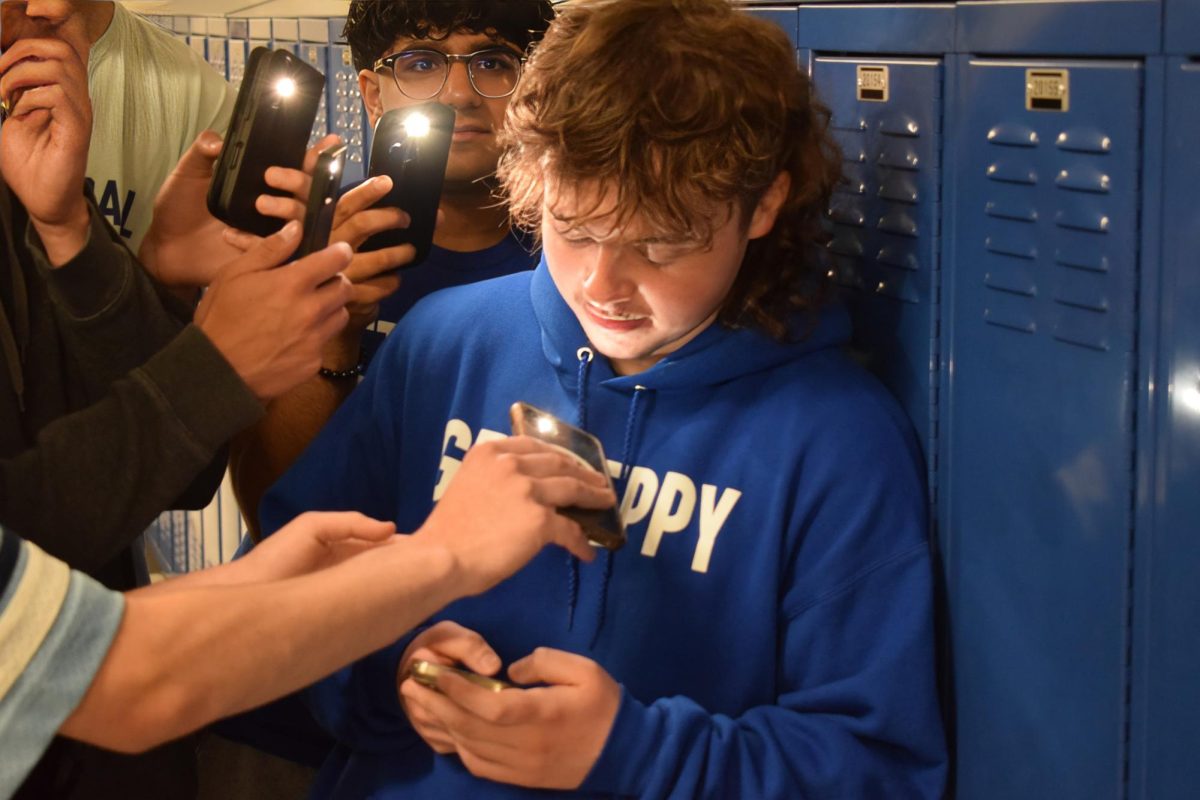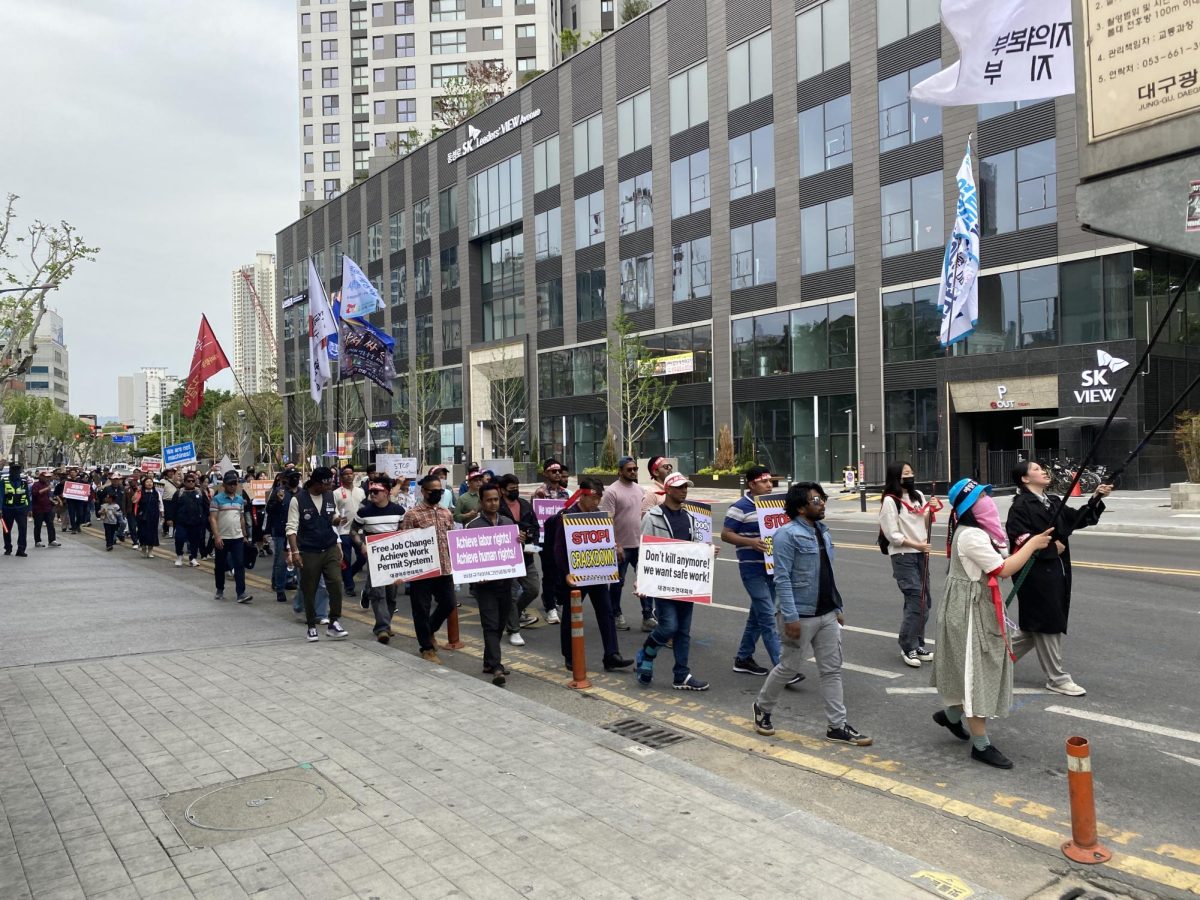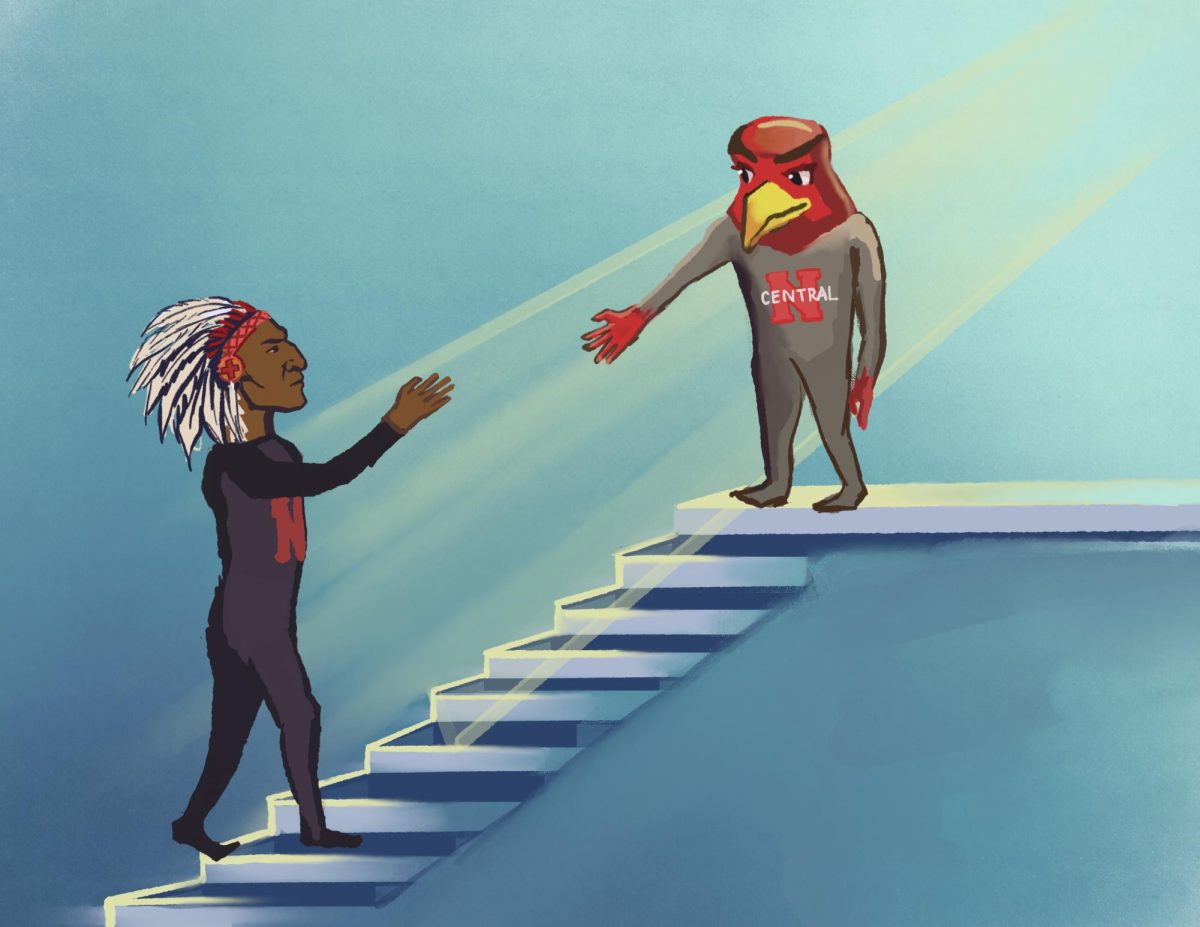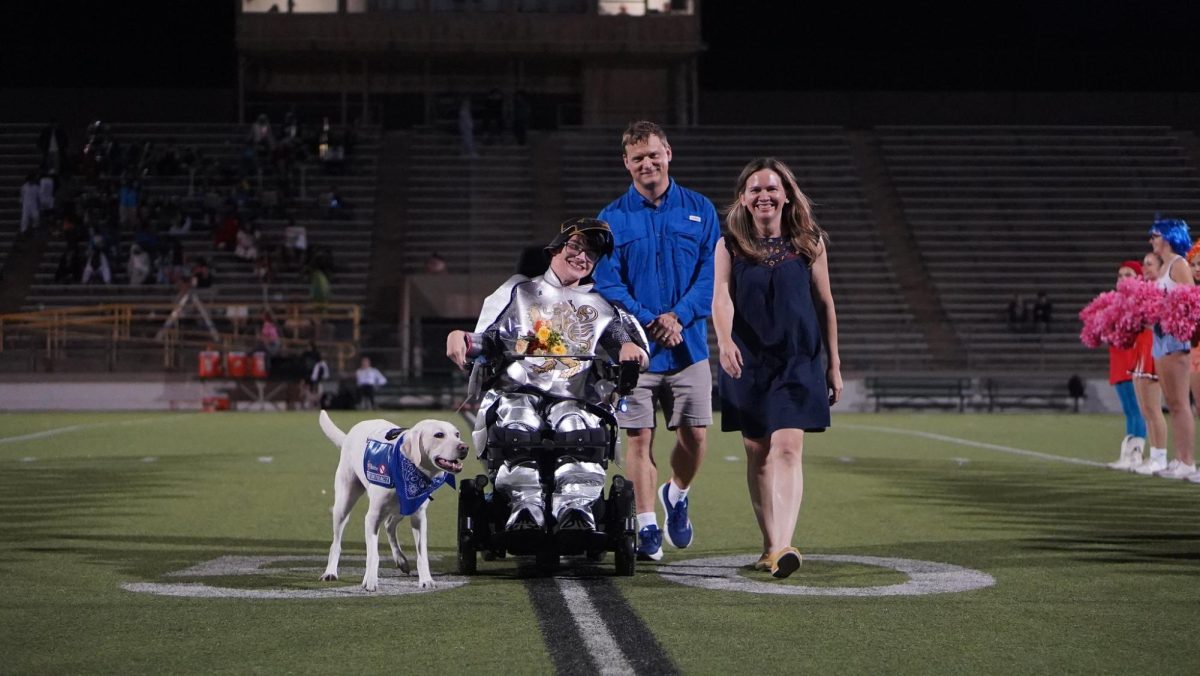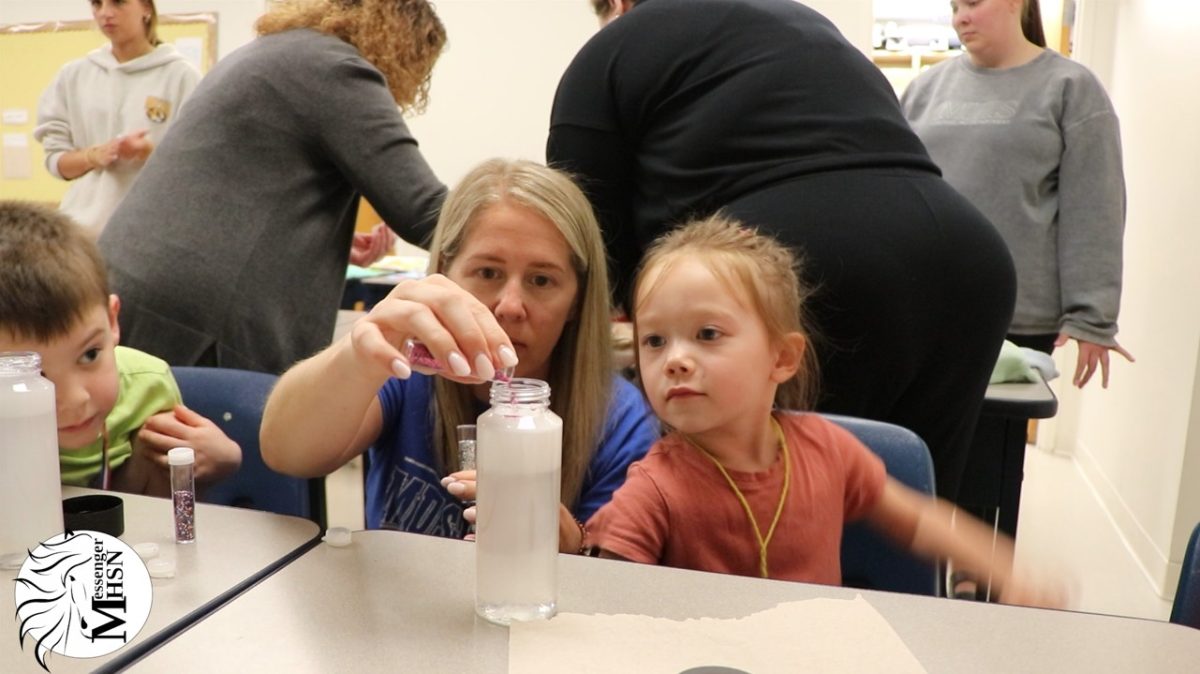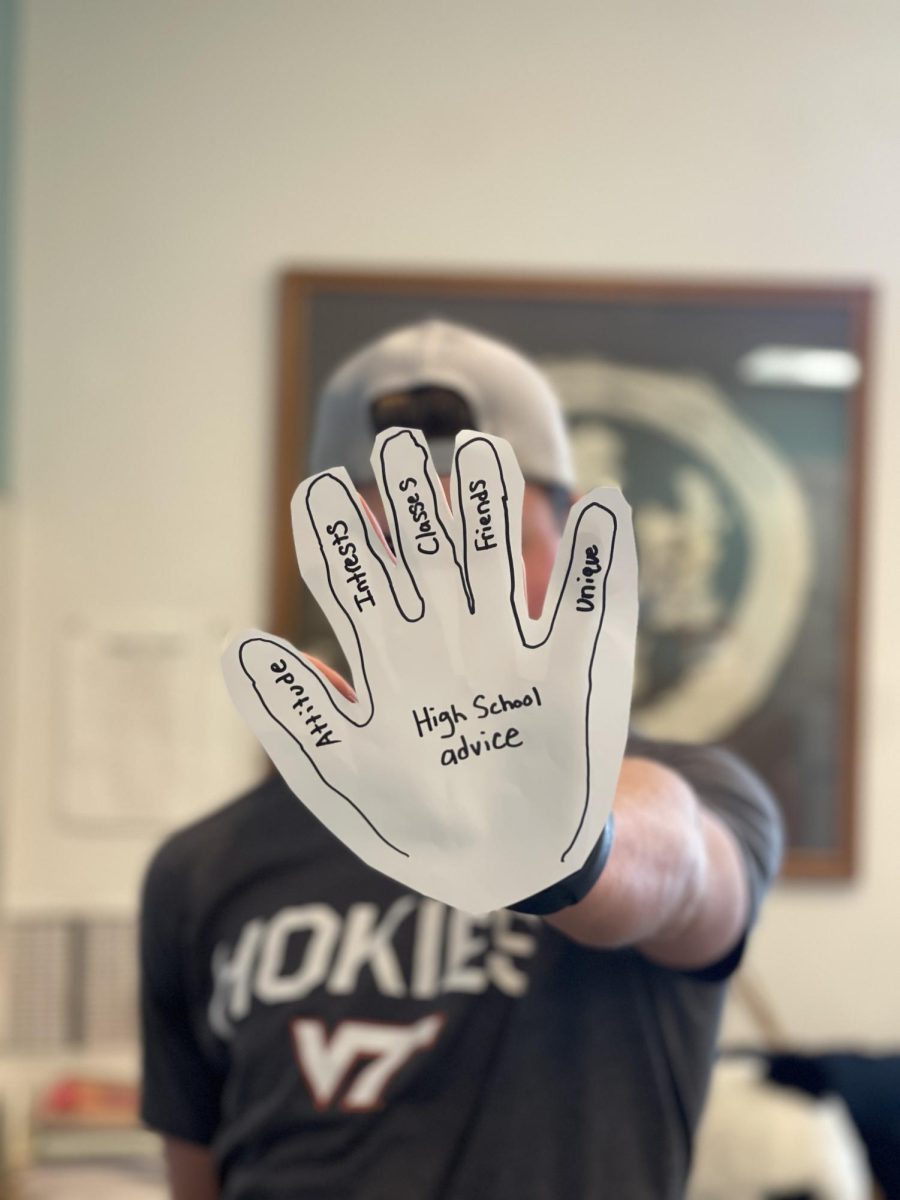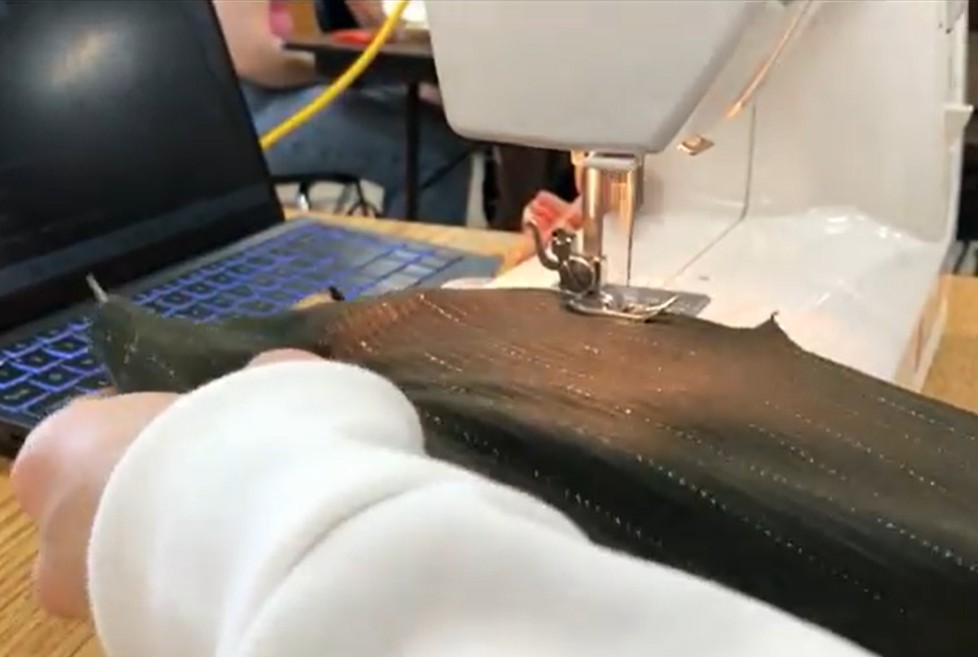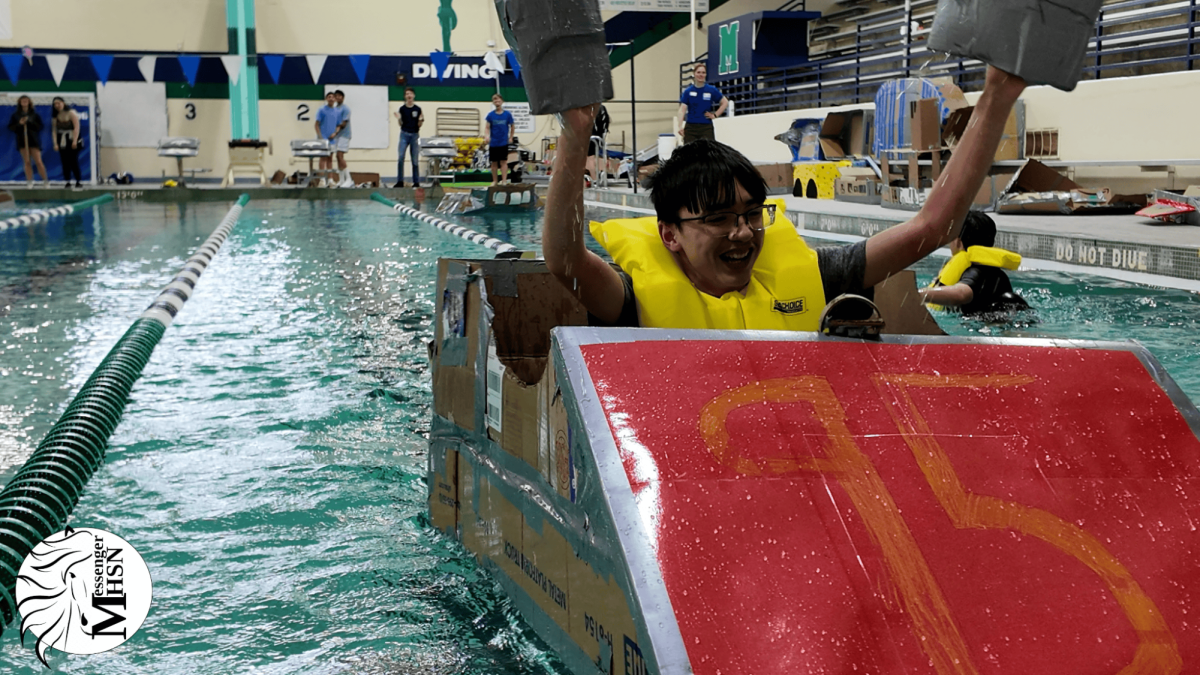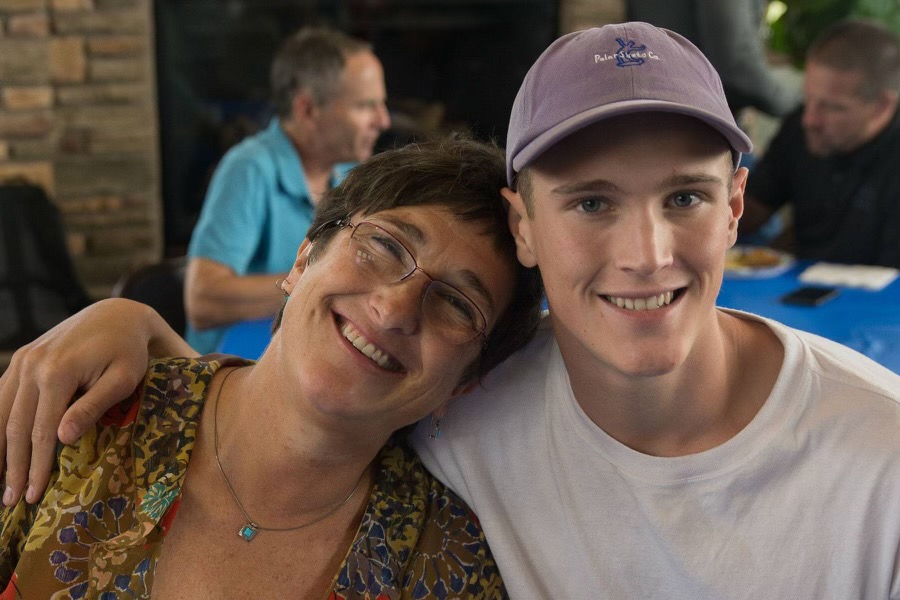“Every parent’s worst nightmare”: fentanyl epidemic overtakes teens
Jeff Leopold
Michelle Leopold and her son, Trevor Leopold, at his Tamalpais High School Graduation in 2019.
November 3, 2021
Trevor Leopold was a freshman at Redwood High School when he first smoked marijuana and began experimenting with illicit drugs. Moving from school to school, in and out of the Tamalpais Unified High School District [TUHSD], he eventually graduated from Tamalpais High School in 2019, and was admitted to Sonoma State. He was found dead in his dorm shortly thereafter on November 17, 2019, after buying and consuming counterfeit pills laced with fentanyl at the age of 18.
Fentanyl, a powerful opioid nearly 100 times stronger than morphine, was originally introduced as a pharmaceutical product in 1959 by Janssen Pharmaceutica. Created as a pain reliever for post-surgical procedures, fentanyl was intended to be transmitted through a patch that steadily injects small amounts of it into the bloodstream. When illicit drug dealers realized its addictive properties, they would purchase these patches, freeze them, and then break them to harvest the contents inside, which would then be sold or laced into other pills to create a stronger high for users.
The fentanyl epidemic has claimed thousands of American teenage lives. According to the Office of San Francisco’s Chief Medical Examiner, there were 708 fentanyl-related deaths in 2020, representing a steep increase from 89 deaths in 2018 and 234 deaths in 2019. Although some of these deaths are due to a fentanyl overdose, others are classified as “fentanyl poisoning:”a dangerous new development in which people buy what they think is a prescription pill, but is really laced with fentanyl, often in dangerous quantities.
Michelle Leopold, Trevor’s mother, describes losing a child as “every parent’s worst nightmare.” Part of Marin’s Angel Moms, an awareness group of mothers who have lost children due to drugs or suicide, Leopold is vocal concerning the dangers of fentanyl, despite potential embarrassment and adverse publicity concerning her son’s death.
“I understand why a lot of people are quiet about their child dying from pills or drugs or addiction…but I would rather save lives than protect myself from being embarrassed,” Leopold said.
According to Leopold, people in the cannabis industry regularly make abusive comments regarding her handling of her son’s drug addiction and dependency. Leopold believes that this is derived from her outspoken belief that marijuana is a “gateway drug” to other addictive substances.
“I am accused of being a horrible mother on a regular basis, especially by people in the cannabis industry. They say it’s all my fault my son died, and I wish they understood that I did everything I possibly could do to save him,” Leopold said.
Leopold believes that, due to the influence of social media, drug transactions are now much easier and more commonplace among youth. During last year’s COVID-19 lockdowns, many teenagers, finding themselves restricted to their homes, began experimenting with prescription pills (such as xanax or oxycodone) through transactions on social media. With idle time and an increase in accessibility to drugs, Leopold describes a “paradigm shift,” as teenagers with no drug use histories began dying from fentanyl poisoning.
“What I’m seeing, especially during COVID-19, are 13, 14, 15, 16 years olds dying, especially in their bedroom. And their mom or dad finds their dead child because their child bought a pill thinking it was just a prescription pill on Snapchat,” Leopold said.
As these counterfeit pills (or “fentapills” as they are commonly known) are not officially regulated, there is no set amount of fentanyl that can be laced in them. Leopold says that in Trevor’s toxicology report, there was carfentanil in his system, an extremely potent form of fentanyl that is used as an elephant tranquilizer.
“Drug dealers are realizing, by adding a little bit of fentanyl, people are going ‘Oh my god that was an amazing high,’ and they’re coming back for more of that amazing high. But since these pills are not made by a drug company, and they are made without any weights or measures, there is no standardized amount [of fentanyl] that can be used,” Leopold said.
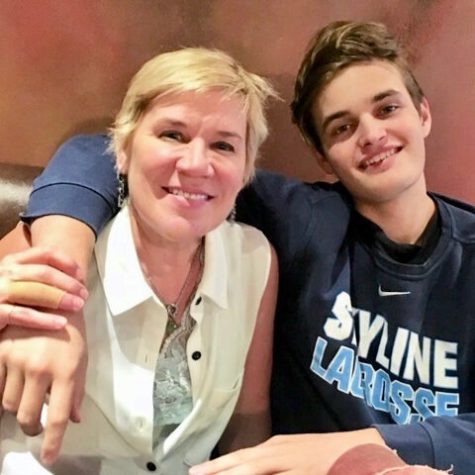
With this increase in accessibility of counterfeit pills laced with fentanyl, Leopold advocates for increased access to narcan, a nasal medication used to counter the effects of a fentanyl overdose. Narcan works by blocking opioid receptors in the brain, which counteracts certain quantities of fentanyl, but may take several doses, or “hits,” to reduce the amount of fentanyl in one’s system to acceptable levels. At AWHS, narcan can be found in or next to first aid kits posted around school grounds.
Although narcan can temporarily cure fentanyl overdose or poisoning, it is not a long-term solution for those who are addicted to fentanyl or prescription pills. Tori Kropp, a nurse at California Pacific Medical Center, says that it is not uncommon for her to encounter people who overdose on fentanyl multiple times.
“I can tell you that the vast majority of people who overdose are revived with narcan and will come back again shortly later with another overdose. So, narcan can save lives, but it doesn’t fix the concern of why there is such high drug use,” Kropp said.
Kropp lost her son, Xander Kropp, due to a fentanyl overdose in the spring of 2020, near the beginning of the COVID-19 lockdown. Also a member of Marin’s Angel Moms, Kropp attributes his death to his experimentation with marijuana and other addictive substances.
“He was a lacrosse player, funny, good student, Redwood High [School], headed to Santa Barbara for college. 18 months after he first smoked weed, he died of an accidental fentanyl overdose,” Kropp said.
Similar to Leopold, Kropp believes that marijuana is a “gateway drug” to other illicit substances and that it is more dangerous for the developing teenage brain. According to Kropp, marijuana sold today has much stronger concentrations of Tetrahydrocannabinol (THC), the main component of marijuana that gives users a high. She says that about 30 years ago, concentrations of THC ranged from three to five percent, but now can range from 30 up to 80 percent.
“Marijuana today, for a 16 year old brain, is absolutely a gateway drug to other things. 30 year olds, maybe not that much. But for that developing brain it’s a gateway drug,” Kropp said.
Despite a growing awareness of fentanyl poisoning and overdose among teens, Kropp believes that if the TUHSD community doesn’t act to promote awareness, incidents will continue to occur.
“I, in many ways, also hold responsible the community itself, because I think there needs to be outrage from parents…It’s a storm coming, and people aren’t paying attention to it…we’re gonna lose a lot more young people, exponentially, over the next couple of years,” Kropp said.

As fentanyl can be produced in the size of small pills or in a chalk-like substance, it can be easily transported by drug dealers. Mark Dale, Chair of the Marin Alcohol and Other Drugs Advisory Board, says that when dealers transport pure fentanyl to be sold or laced into other drugs, local and federal agencies sometimes intercept these shipments. These agencies often record how much fentanyl they find in these “drug busts,” which can yield astounding results.
“When they make the [drug] busts…whoever the agency is usually says ‘this is enough to kill 5 million people, this is enough to kill 50 million people,’” Dale said.
Dale first became involved with fentanyl awareness when his youngest son was in a car crash in middle school, and began self-medicating using marijuana for pain relief. This escalated to experimenting with other drugs during his high school years at Terra Linda High School, and led to four separate fentanyl overdoses. After his son began recovering from his addictions, Dale began to spread awareness concerning the dangers of drug overdose, especially by founding the Marin County Prescription Drug Abuse Task Force.
According to Dale, there is not only an increase in fentanyl overdoses among teens, but also in mass fentanyl poisonings. Dale says that these tragedies often occur when a student buys a large quantity of prescription pills laced with fentanyl and hands them out to friends at parties. This can lead to mass overdoses and mass deaths at one particular school site.
“A kid goes skiing up in Tahoe, comes back with a bag of [what they think are] xanies, shares it with their friends, and you can have a massive overdose event at your school site…That’s the name of the game, we have transitioned from an individual using pot or cocaine or whatever into these situations,” Dale said.
Through spreading awareness, people familiar with fentanyl and its dangers attempt to prevent more teen deaths in Marin. With rising fentanyl poisonings and overdoses, parents of underage victims now call on other community members to take action.
This story was originally published on The Pitch on November 1, 2021.

